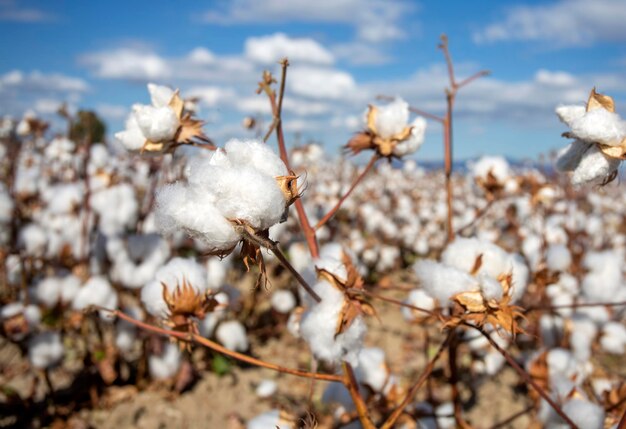Zambia, known for its rich agricultural potential, is a landlocked country in Southern Africa that relies heavily on farming as a cornerstone of its economy. The country’s diverse climatic zones allow for the cultivation of various crops, both for subsistence and export. Here are five key crops grown in Zambia and their economic significance.
1. Maize (Corn)
Economic Importance:
Maize is Zambia’s staple food and the most widely grown crop in the country. It accounts for a significant portion of the agricultural output and serves as the primary source of food for the majority of the population. The government supports maize production through subsidies and the Food Reserve Agency (FRA), which purchases maize to ensure food security. In addition to local consumption, surplus maize is exported to neighboring countries, contributing to foreign exchange earnings.
2. Tobacco
Economic Importance:
Tobacco is one of Zambia’s key cash crops, with a substantial portion of the population engaged in its production. The crop is primarily grown in the Eastern and Central provinces. Tobacco farming provides income to many smallholder farmers, and its export contributes significantly to Zambia’s foreign exchange reserves. The tobacco industry also creates jobs in processing and manufacturing, further bolstering the economy.
3. Soybeans
Economic Importance:
In recent years, soybean cultivation has gained momentum in Zambia due to rising demand for oil and animal feed. Soybeans are a valuable source of protein and are used in various food products, including tofu and soy milk. The crop has become essential for both domestic consumption and export, contributing to the diversification of the agricultural sector. Additionally, soybean production helps improve soil fertility through nitrogen fixation, promoting sustainable farming practices.
4. Cotton
Economic Importance:
Cotton is another crucial cash crop in Zambia, primarily grown in the Eastern and Southern provinces. The crop supports the livelihoods of thousands of smallholder farmers and plays a vital role in the textile industry. Zambia produces lint that is processed locally and exported, contributing to the country’s revenue. The cotton industry also creates jobs in ginning, spinning, and weaving, making it a significant contributor to the economy.
5. Groundnuts (Peanuts)
Economic Importance:
Groundnuts are an important crop for both subsistence and commercial farming in Zambia. They are rich in protein and serve as a vital food source for many households. Groundnuts are also processed into oil and used in various food products. The crop’s versatility makes it a valuable addition to crop rotation systems, helping to enhance soil health. Groundnuts are increasingly being exported, adding to Zambia’s agricultural export revenues.
Agriculture remains a crucial sector in Zambia, with key crops like maize, tobacco, soybeans, cotton, and groundnuts playing significant roles in the economy. These crops not only contribute to food security and livelihoods but also support job creation and export revenues. As Zambia continues to invest in agricultural development, enhancing production and diversifying crops will be essential for sustaining economic growth and improving the living standards of its population.






